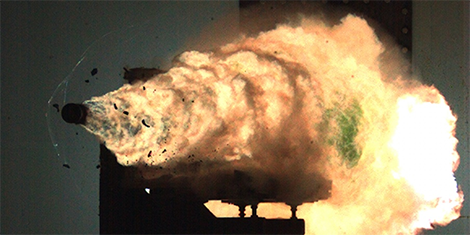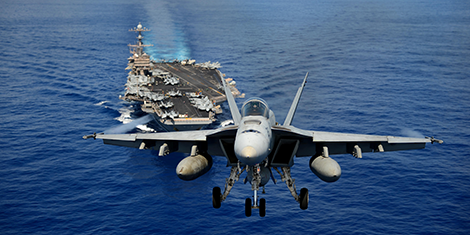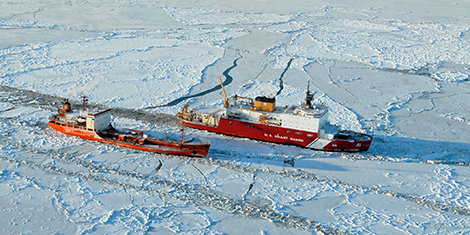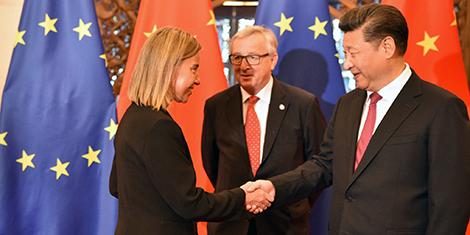
This article was originally published by War on the Rocks on 19 June 2018.
Retiring Chinese general He Lei recently made news by suggesting that China’s greatest military weakness compared to the United States was that it has never fought a real war. He noted none of Beijing’s increasingly advanced weapons, jets, and ships have been tested in combat. Moreover, the large People’s Liberation Army continues to rely upon conscripts rather than the long-serving professionals in the U.S. military. He argued the Chinese military “will be ridden with doubts until they get into a real fight.”




